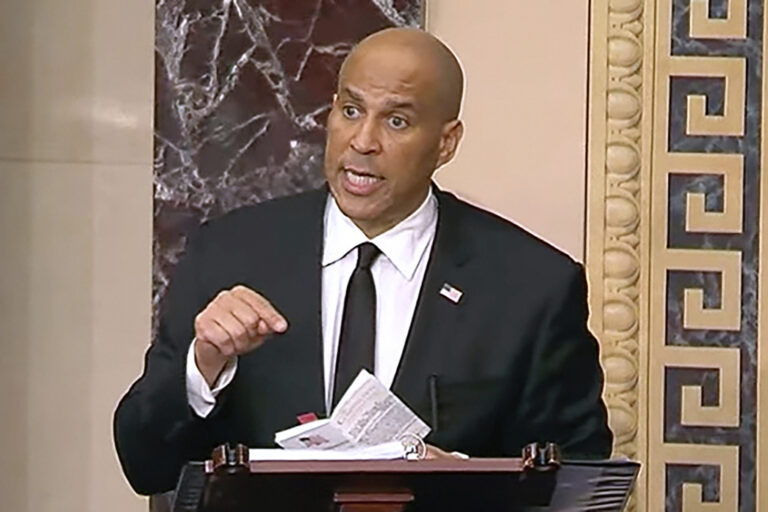A prominent Blue Cross-Blue Shield insurer is planning to return to the Affordable Care Act’s health insurance exchanges next year in several states, including big markets like Texas and Illinois.
Health Care Service Corp. says it also intends to sell coverage in Oklahoma, where it is the only insurer on the exchange, as well as in New Mexico and Montana. But a spokeswoman also cautioned that the insurer has made no final decisions on its participation level.
Companies still have a couple more months to sort out their 2018 coverage plans.
Options are growing thin for next year in many parts of the country on the exchanges, the only place where people can buy insurance with help from income-based tax credits. Several insurers have already said they are retreating from this market, some after losing more than $100 million.
The pullback has left some counties in Missouri, Ohio and Washington with no choices on the exchanges next year if another insurer does not step in.
Insurers are hesitant to return to the market in part because of uncertainty over the fate of some federal funding.
The government has been giving insurers money to help customers with modest incomes cover out-of-pocket expenses like co-payments and deductibles. But the future of those payments, which are separate from the income-based tax credits that help people buy coverage, is in political limbo. President Donald Trump has talked about potentially stopping the payments, and insurers want a guarantee that they will last through next year.
Health Care Service Corp. and other insurers that are planning to return say they have to factor this uncertainty into their prices.
Blue Cross and Blue Shield of North Carolina recently requested a nearly 23 percent increase in average premiums next year. The company said that increase would have been about 9 percent if it had a guarantee that the government would continue to make those payments.
Health Care Service Corp. spokeswoman Kristen Cunningham did not offer details about rates the insurer plans to charge next year. The company covered more than 1.2 million people in the individual market last year, and more than half of that business came from the exchanges.
“Once we finalize the level of participation and rates early this fall, we’ll share more details,” she said.
Health Care Service Corp. is the second-biggest insurer selling Blue Cross-Blue Shield coverage, the most common brand in insurance. These so-called “Blues” plans are seen as a key to the future of the exchanges because they tend to specialize in individual insurance, and many have a long-standing presence in their markets.
The biggest Blue Cross-Blue Shield insurer, Anthem Inc., said earlier this week that it was leaving the exchange in Ohio. Anthem covers more than a million people through the exchanges in states like New York and California. It said it is still talking to regulators in other states about its plans for next year.
Blue Cross-Blue Shield plans in Alabama, Kansas and Michigan have already said they are planning to return next year.
The Trump administration has repeatedly said that the Affordable Care Act is collapsing. But health care researchers have said they don’t expect the exchanges to implode, though they do anticipate coverage holes to develop, especially in rural markets with smaller populations.
(AP)











